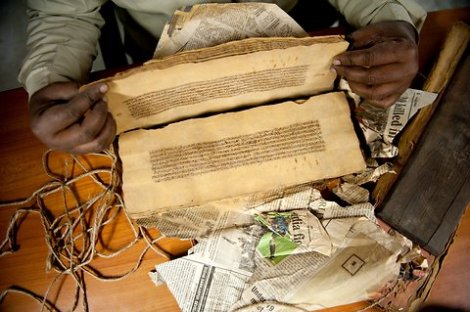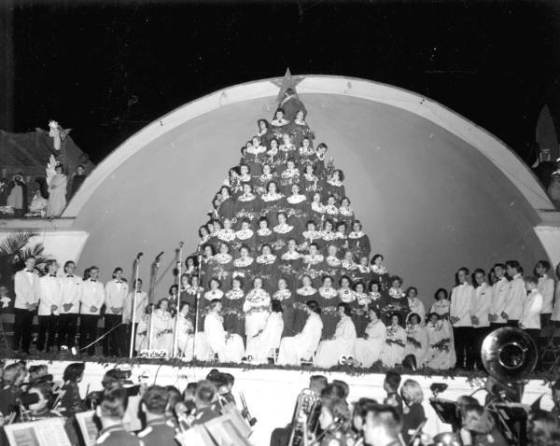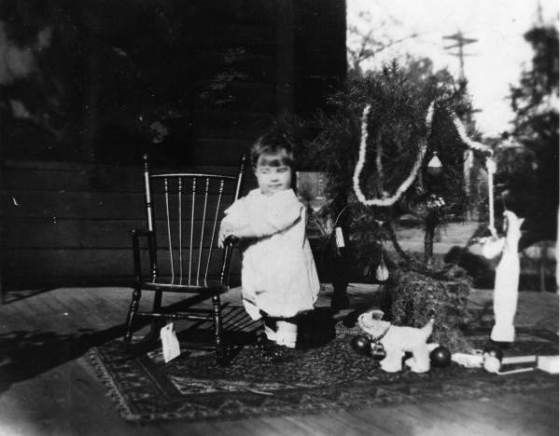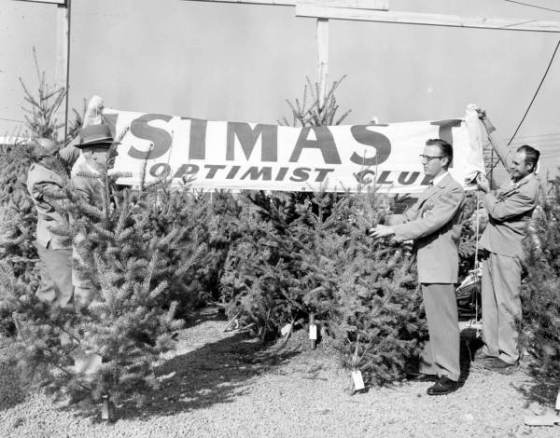 The January 2013 issue of the Perspectives on History highlighted a project of the students and faculty of the University of Nebraska, Lincoln called History Harvest. The article called to me about a way to collect the information that is most often lost- that of the community in which we all live. Everyone has those personal historical documents tucked away in a closet, attic, or basement that we think about rarely (or sometimes often). These documents have a personal value, but also a historical value regarding culture and social of our given communities. It’s a shame to let those documents sit, forgotten, tucked away when they could be digitized for use by historians and students.
The January 2013 issue of the Perspectives on History highlighted a project of the students and faculty of the University of Nebraska, Lincoln called History Harvest. The article called to me about a way to collect the information that is most often lost- that of the community in which we all live. Everyone has those personal historical documents tucked away in a closet, attic, or basement that we think about rarely (or sometimes often). These documents have a personal value, but also a historical value regarding culture and social of our given communities. It’s a shame to let those documents sit, forgotten, tucked away when they could be digitized for use by historians and students.
The co-directors William G. Thomas and Patrick D. Jones started this project “to create a popular movement to democratize and open American history by utilizing digital technologies to share the experiences and artifacts of everyday people and local historical institutions.” People from the community are invited to these harvest gatherings with their personal items and histories to have them digitized with photographs and digital stories. Local organizations, museums, and others are also welcome to bring items to be digitized.
Students are heavily involved, creating, planning, and advertising for their harvest. Its an excellent hands on experience for the students to learn what history means to people in their community and how everyone can contribute in some way. It’s a fascinating project that begs for duplication in communities across the United States and the world.
Needless to say, I would be highly interested in starting my own “History Harvest” in my community with students. If you would be too, you can contact the co-directors via the links on their names above or contacting them through their website at: http://historyharvest.unl.edu/








